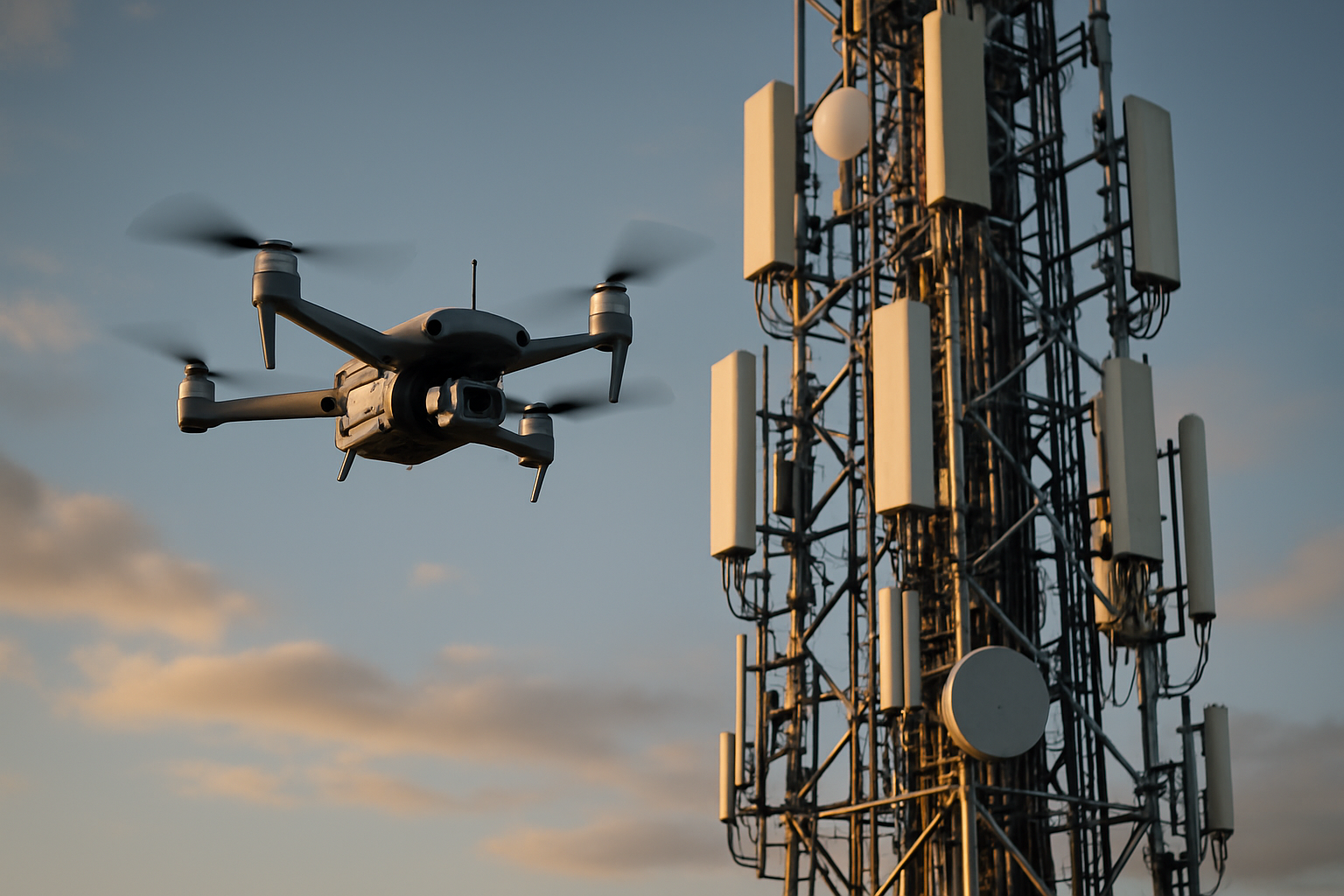Millimeter Wave Technology: Redefining Wireless Connectivity
The realm of wireless communications is on the brink of a revolutionary transformation, propelled by the advent of millimeter wave (mmWave) technology. This cutting-edge innovation promises to reshape our digital landscape, offering unprecedented data speeds and network capacity. As we stand at the cusp of this technological leap, it's crucial to understand the implications and potential of mmWave in reshaping our connected world.

The mmWave spectrum offers several advantages over traditional lower-frequency bands. Its shorter wavelengths allow for the use of smaller antennas and more compact equipment, making it ideal for dense urban environments. Additionally, the abundance of available spectrum in this range enables wider channel bandwidths, translating to significantly higher data rates compared to current wireless technologies.
The Technical Marvels of Millimeter Wave
At the heart of mmWave technology lies a complex array of technical innovations. Beamforming and massive MIMO (Multiple-Input Multiple-Output) techniques play crucial roles in overcoming the propagation challenges associated with high-frequency signals. These advanced antenna systems focus energy into narrow beams, enhancing signal strength and reducing interference.
Another key aspect of mmWave technology is its use of directional transmission. Unlike omnidirectional lower-frequency signals, mmWave transmissions are highly directional, which not only improves spectral efficiency but also enhances security by making it more difficult to intercept signals.
The implementation of mmWave also necessitates advancements in semiconductor technology. The development of cost-effective, power-efficient radio frequency integrated circuits (RFICs) capable of operating at these high frequencies has been a significant engineering challenge, one that continues to drive innovation in the semiconductor industry.
Overcoming Propagation Challenges
While mmWave technology offers immense potential, it also faces unique challenges. High-frequency signals are more susceptible to atmospheric absorption, rain fade, and physical obstructions. These factors limit the range of mmWave transmissions, typically to a few hundred meters in urban environments.
To address these limitations, network operators are exploring dense small cell deployments. This approach involves installing a larger number of smaller, lower-power base stations to create a mesh of high-capacity coverage areas. While this strategy increases network complexity, it also offers the benefit of improved spectrum reuse and higher overall network capacity.
Researchers are also investigating advanced materials and metamaterials that could enhance mmWave propagation. These include surfaces designed to reflect or redirect mmWave signals, potentially extending coverage to areas that would otherwise be difficult to reach with direct line-of-sight transmissions.
Transformative Applications of Millimeter Wave Technology
The high bandwidth and low latency of mmWave technology open up a world of possibilities across various sectors. In the realm of consumer electronics, mmWave could enable seamless augmented and virtual reality experiences, ultra-high-definition video streaming, and instantaneous cloud computing access.
For industries, mmWave technology promises to revolutionize manufacturing processes through wireless automation and real-time monitoring. In healthcare, it could facilitate remote surgeries and high-resolution medical imaging transmission. The automotive sector stands to benefit from enhanced vehicle-to-everything (V2X) communications, paving the way for safer and more efficient autonomous driving systems.
Urban infrastructure could also see significant improvements. Smart city initiatives could leverage mmWave networks for real-time traffic management, environmental monitoring, and public safety applications. The technology’s high capacity could support massive sensor networks, enabling more efficient resource management and improved quality of life for city dwellers.
Regulatory Landscape and Spectrum Allocation
The successful implementation of mmWave technology hinges on supportive regulatory frameworks and appropriate spectrum allocation. Governments and regulatory bodies worldwide are grappling with the challenge of balancing the needs of various stakeholders while ensuring efficient use of this valuable spectrum resource.
In many countries, regulators are adopting flexible licensing models to encourage innovation and investment in mmWave technologies. These models include shared spectrum approaches, which allow multiple operators to access the same frequency bands under specific conditions.
International coordination is also crucial, particularly for harmonizing spectrum allocations across borders. Organizations like the International Telecommunication Union (ITU) play a vital role in facilitating global standards and ensuring interoperability of mmWave systems.
The Road Ahead for Millimeter Wave Technology
As we look to the future, the potential of mmWave technology continues to expand. Ongoing research is exploring even higher frequency bands, venturing into the terahertz range. These advancements could unlock even greater bandwidths and enable applications we can scarcely imagine today.
The integration of mmWave with other emerging technologies, such as artificial intelligence and machine learning, holds promise for creating self-optimizing networks capable of adapting to changing environmental conditions and user demands in real-time.
While challenges remain, the transformative potential of mmWave technology is undeniable. As researchers, engineers, and policymakers continue to push the boundaries of what’s possible, we stand on the brink of a new era in wireless communications. The widespread adoption of mmWave technology promises to redefine our digital experiences, reshape industries, and unlock new realms of innovation in our increasingly connected world.





